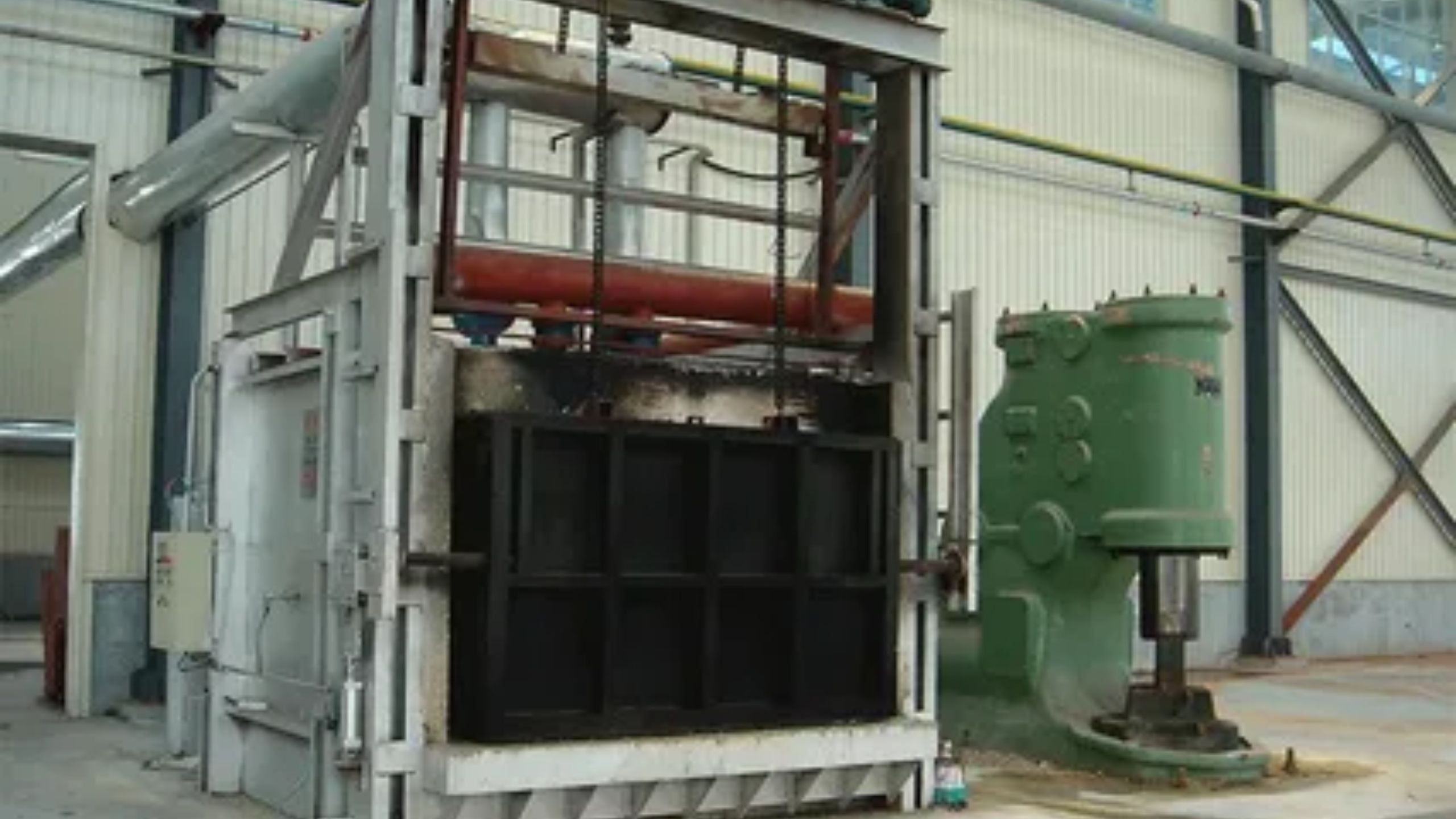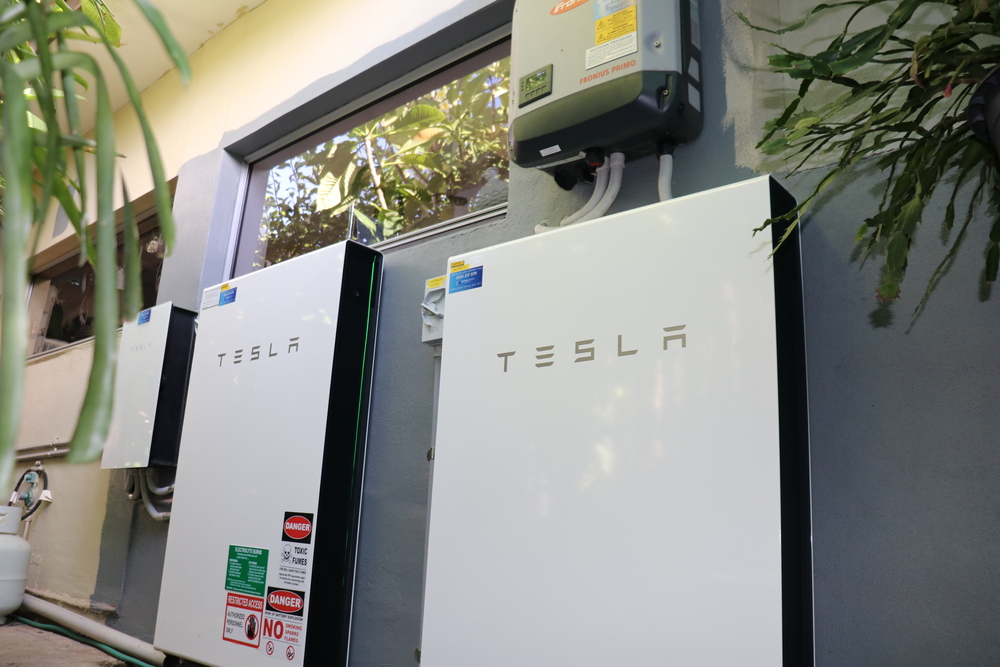As the colder months approach, many homeowners turn to gas furnaces for their reliability and energy efficiency. These heating systems use natural gas or propane to provide consistent warmth and are known for their durability and cost-effectiveness. This article explores how gas furnaces work, their benefits, components, and essential maintenance practices, so you can maximize your furnace’s performance this season.
How Gas Furnaces Work
Gas furnaces function by heating air and distributing it throughout your home. Here’s a breakdown of the process:
- Ignition: When the thermostat detects that the room temperature has dropped below the set level, it signals the furnace to start. The system’s ignition activates to light the burners.
- Combustion: As the burners light up, they create a controlled flame that heats the heat exchanger.
- Heat Transfer: The heat exchanger warms up, heating the air that passes over it without exposing it to combustion gases.
- Air Circulation: A blower fan pushes the warmed air through ducts, distributing it to various rooms.
- Exhaust: Gases from the combustion are vented safely outside through a flue or chimney.
This cycle repeats to maintain a steady, comfortable temperature within your home. The process is both efficient and effective, ensuring that warmth is evenly distributed.
Key Benefits of Gas Furnaces
Gas furnaces are an increasingly popular choice due to their notable advantages over other heating methods. Here’s why many homeowners choose them:
- Energy Efficiency: Modern gas furnaces are designed with high-efficiency ratings, reducing fuel consumption and keeping heating bills manageable. Furnaces with Annual Fuel Utilization Efficiency (AFUE) ratings of 90% or above are especially cost-effective, making them a smart long-term investment.
- Reliability: Gas furnaces are known for their durability and consistent performance. Once installed and properly maintained, these systems can operate reliably for 15 to 20 years, offering dependable warmth each winter.
- Eco-Friendliness: Natural gas burns cleaner than other fossil fuels, producing fewer greenhouse gases. Many homeowners concerned with environmental impact find that gas furnaces offer a greener solution compared to oil-based heating systems.
- Quick Heating: Gas furnaces heat up quickly, allowing homes to warm up faster compared to electric systems. This immediate warmth is especially advantageous during severe cold snaps.
- Cost-Effectiveness: While the initial investment may be significant, the low cost of natural gas and high energy efficiency make gas furnaces affordable in the long run.
Essential Components of Gas Furnaces
Gas furnaces rely on several key components to function smoothly:
- Thermostat: The control center of the heating system, the thermostat monitors indoor temperatures and signals the furnace to adjust heat output.
- Burners: The burners ignite the fuel and create the flame, which produces the necessary heat to warm your home.
- Heat Exchanger: This essential component safely transfers the heat generated by the burners to the air that circulates through the ductwork. It keeps combustion gases and circulating air separate.
- Blower Motor and Fan: These parts work together to push warm air through the ducts and into your living spaces. Variable-speed blower motors, common in high-efficiency models, offer precise airflow control.
- Flue or Vent Pipe: Combustion gases are channeled out of the furnace and safely vented outside through the flue, preventing toxic gas buildup indoors.
- Gas Valve and Ignition System: The gas valve regulates fuel flow, and the ignition system lights the burners. Older furnaces use a standing pilot light, while newer models feature an electronic igniter for greater efficiency.
- Filter: Air filters capture dust and debris from the air entering the furnace, protecting internal components and improving indoor air quality. Regular filter replacement is essential for peak efficiency.
Tips for Gas Furnace Maintenance
Proper maintenance ensures that your gas furnace operates efficiently and safely. Here are some best practices:
- Regular Filter Changes: A clogged filter can reduce airflow, making the furnace work harder and decreasing efficiency. Check filters monthly and replace them every one to three months, depending on usage and filter type.
- Annual Inspections: Schedule a professional inspection at least once a year. Technicians can clean components, check for leaks, test the ignition, and ensure safe operation.
- Keep the Area Clear: Ensure that the space around the furnace is free of clutter to prevent potential hazards. Items placed near the furnace can obstruct airflow and increase fire risk.
- Check Thermostat Settings: A properly set thermostat helps maintain consistent temperatures and optimizes furnace performance. Consider using a programmable thermostat to adjust temperatures automatically and reduce energy consumption.
- Inspect Vents and Registers: Keep all vents and registers open and unblocked to allow air to circulate freely. Clean them periodically to remove dust buildup, improving air quality and efficiency.
- Monitor the Pilot Light: If your furnace has a standing pilot light, check that it remains steady. If it goes out frequently, there may be an issue with the gas line or ignition system, requiring professional attention.
- Listen for Unusual Sounds: Humming, banging, or squeaking sounds can indicate mechanical issues. If you notice strange noises, it’s best to call a technician to diagnose and fix the problem.
Choosing the Right Gas Furnace for Your Home
Selecting the best furnace for your needs involves several considerations:
- AFUE Rating: Look for a high AFUE rating for maximum energy efficiency. The higher the rating, the more energy savings you’ll enjoy over the furnace’s lifespan.
- Size: Choose a furnace size that fits your home’s heating needs. A furnace that’s too small will struggle to heat your space, while an oversized unit can lead to inefficient short-cycling.
- Warranty: Consider furnaces that offer comprehensive warranties on major components like heat exchangers. A good warranty provides peace of mind and can save on repair costs in the long run.
- Reputation: Opt for a reputable brand known for quality and reliability, like The AC Outlet, as this can enhance the unit’s longevity and performance.
The Importance of Professional Installation
Professional installation is essential for safety, efficiency, and longevity. Incorrect installation can lead to performance issues, higher energy bills, and even safety hazards. An experienced HVAC technician will assess your home’s needs, determine the ideal furnace size, and ensure that all components are installed according to manufacturer guidelines and local building codes.
Conclusion
Gas furnaces remain a popular choice for home heating due to their efficiency, reliability, and quick heating capabilities. By understanding their components, benefits, and maintenance needs, homeowners can maximize the comfort and cost-effectiveness of their furnace. Whether you’re considering a new furnace or maintaining an existing unit, taking the time to understand its inner workings ensures that your home stays warm and comfortable throughout the winter.









